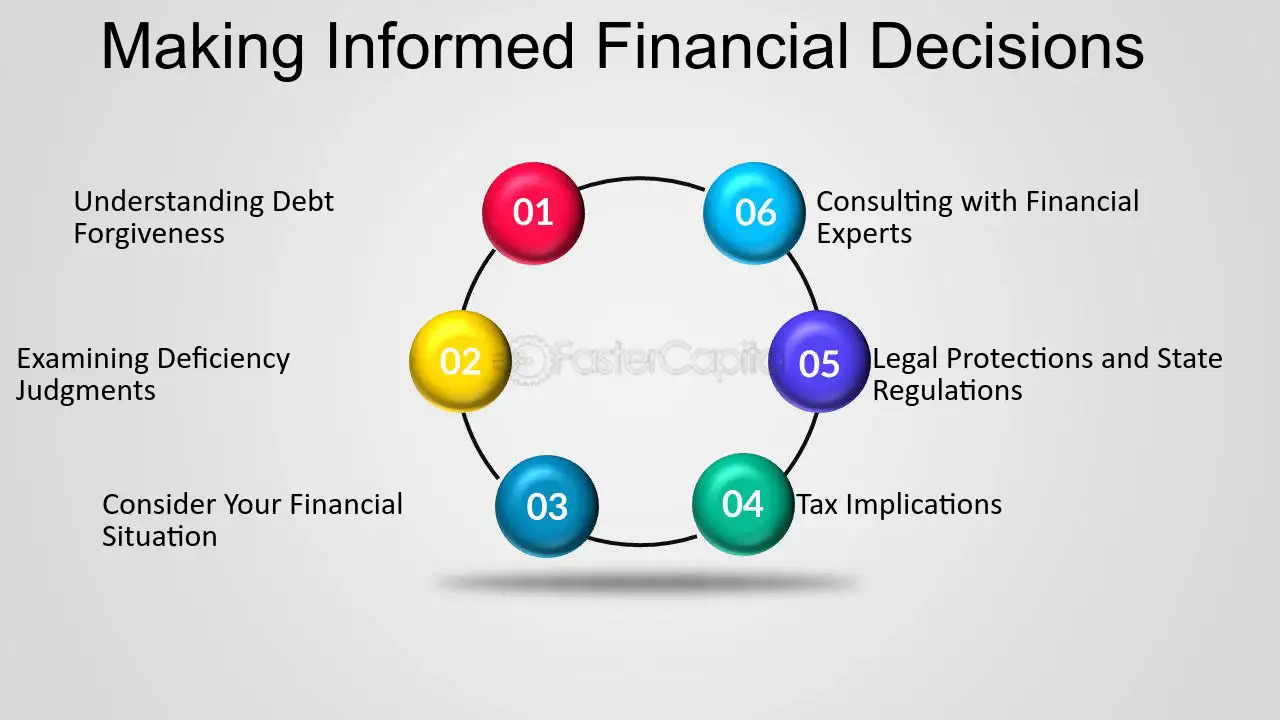In the pursuit of higher education, one significant challenge that students and their families often face is financing their dreams. University education comes with a hefty price tag, and for many, it necessitates the use of loans. These financial instruments play a critical role in making higher education accessible, but they also bring a complex web of choices, rules, and potential pitfalls.
Understanding university loans is not just a financial necessity; it’s a fundamental part of making informed decisions about your education and your financial future. The world of university loans can seem daunting, but fear not! This comprehensive guide is designed to be your beacon in this often bewildering landscape.
Throughout this article, we will demystify university loans, providing you with the knowledge and tools you need to make informed choices. We will explore various types of loans, eligibility criteria, application processes, interest rates, repayment options, and the impact of loans on your financial well-being. We’ll also delve into important topics such as loan discharge, financial planning post-graduation, and how to steer clear of scams.
By the time you reach the end of this guide, you’ll have the confidence and understanding to navigate the world of university loans successfully. Whether you’re a prospective student planning your financial future or a current borrower seeking to manage your debt more effectively, this guide has something valuable to offer you.
So, let’s embark on this journey together, as we unravel the intricacies of university loans and equip you with the knowledge you need to make the most of your educational pursuits without being burdened by financial stress.
Types of University Loans
When it comes to financing your higher education, you’ll encounter a variety of loan options. Understanding these loan types is essential, as they each come with their own terms, conditions, and eligibility criteria. Let’s explore the main categories of university loans:
## A. Federal Student Loans
Federal student loans are backed by the U.S. Department of Education and offer several advantages, such as fixed interest rates and flexible repayment options.
### 1. Subsidized Loans
Subsidized loans are need-based loans where the government covers the interest while you’re in school, during the grace period, and during deferment. This can save you money in the long run.
### 2. Unsubsidized Loans
Unsubsidized loans are not need-based, and you’re responsible for all the interest that accrues from the day the loan is disbursed. These loans are available to a broader range of students.
## B. Private Student Loans
Private student loans are offered by banks, credit unions, and other financial institutions. They have different terms and conditions compared to federal loans.
## C. PLUS Loans for Parents
Parents of dependent undergraduate students can take out Parent PLUS Loans to help cover educational expenses. These loans have fixed interest rates and can bridge the gap between federal aid and the total cost of education.
## D. State-Specific Loans
Many states offer their own loan programs with unique benefits. These loans may have lower interest rates or additional repayment options for residents of the respective state.
Understanding the distinctions between these types of loans is crucial when planning your education financing strategy. Federal loans are often preferred due to their borrower-friendly terms, but private and state-specific loans can also be valuable options depending on your circumstances. In the following sections, we’ll delve deeper into the eligibility criteria for these loans and how to navigate the application process effectively.
Eligibility Criteria
Before embarking on your journey to secure a university loan, it’s essential to understand the eligibility criteria. Eligibility requirements can vary depending on the type of loan, and meeting these criteria is crucial to accessing the financial assistance you need for your education. In this section, we’ll outline the key factors that determine your eligibility for university loans.
## A. Federal Loan Eligibility
Federal student loans are a common choice for financing higher education. To determine if you are eligible for federal loans, consider the following factors:
1. **U.S. Citizenship or Eligible Noncitizen:** In most cases, you must be a U.S. citizen, U.S. national, or an eligible noncitizen. Undocumented students typically do not qualify for federal student loans.
2. **Enrollment in an Eligible Program:** You must be enrolled in a degree-granting program or a certificate program that meets the federal criteria.
3. **Satisfactory Academic Progress:** To maintain eligibility, you must make satisfactory academic progress, as determined by your school.
4. **No Default on Previous Federal Loans:** If you have defaulted on a federal student loan or owe a refund on a federal grant, you may not be eligible for additional federal aid until you resolve these issues.
5. **Selective Service Registration:** Male students aged 18 to 25 must be registered with the Selective Service System.
6. **Not in Default on Federal Student Loans:** You cannot be in default on any federal student loans or owe money on a federal student grant.
## B. Private Loan Eligibility
Private student loans are offered by various lenders, and eligibility criteria can vary significantly. Some common eligibility factors for private loans include:
1. **Creditworthiness:** Private lenders typically assess your credit score and credit history. A good credit score can improve your chances of approval and may lead to more favorable loan terms.
2. **Income and Employment:** Some private lenders may consider your income and employment status when determining eligibility. Having a steady income or a co-signer with a stable financial situation can be beneficial.
3. **Co-Signer:** If you have limited credit history or income, having a creditworthy co-signer can increase your eligibility and potentially secure better loan terms.
4. **Enrollment in an Eligible Institution:** Private lenders may have specific requirements regarding the type of institution you are attending.
Understanding these eligibility criteria is crucial when considering loan options. If you meet the criteria for federal loans, they are often a more favorable choice due to lower interest rates and more flexible repayment options. However, if federal aid doesn’t cover your expenses or you’re ineligible for federal loans, private loans can be a viable alternative, albeit with varying terms and conditions. In the next section, we’ll explore how credit scores can impact your eligibility and loan terms.
Applying for University Loans

Applying for university loans can be a pivotal step in securing the financial support needed to pursue your higher education dreams. Whether you’re considering federal or private loans, the application process can vary, and it’s essential to be well-prepared. In this section, we’ll guide you through the steps and considerations involved in applying for university loans.
## A. FAFSA and Its Role
1. **Understanding FAFSA:** The Free Application for Federal Student Aid (FAFSA) is the cornerstone of federal financial aid in the United States. It’s crucial to complete the FAFSA accurately and promptly to determine your eligibility for federal grants, scholarships, and loans.
2. **Application Timing:** FAFSA applications open on October 1st each year for the following academic year. It’s recommended to apply as early as possible to maximize your eligibility for financial aid, as some funds are awarded on a first-come, first-served basis.
3. **Required Information:** When completing the FAFSA, you’ll need to provide information about your family’s income and assets. If you’re considered a dependent student, your parents’ financial information will also be required.
4. **School Selection:** You can choose the schools to which you want your FAFSA information sent. Be sure to include all the schools you’re considering attending, as this information is used to determine your eligibility for aid at each institution.
## B. Alternative Application Options
1. **CSS Profile:** Some colleges and universities, particularly private institutions, may require the College Scholarship Service (CSS) Profile in addition to the FAFSA. This form gathers more detailed financial information and is used for institutional aid consideration.
2. **Private Loan Applications:** If you’re considering private student loans, you’ll need to apply directly with the lender. Each private lender may have a unique application process and requirements, so be prepared to provide personal, financial, and educational information.
## C. Deadlines and Key Dates
1. **Federal Deadlines:** Pay close attention to federal and state deadlines for financial aid applications. Missing these deadlines can affect your eligibility for certain forms of aid.
2. **Institutional Deadlines:** Individual colleges and universities may have their own financial aid deadlines. Always check with your intended institutions to ensure you meet their specific requirements.
3. **Recurring Applications:** Remember that you’ll need to reapply for financial aid each year, so staying organized and aware of deadlines is essential throughout your academic journey.
By following these steps and staying informed about the application process, you can maximize your chances of securing the financial assistance you need to pursue your education. In the next section, we’ll delve into the intricacies of interest rates on university loans, helping you make informed decisions about your borrowing.
Conclusion
As we reach the culmination of this comprehensive guide on university loans, you’ve embarked on a journey of understanding and empowerment in the realm of higher education financing. We’ve traversed the intricate landscape of loans, eligibility criteria, application processes, and the nuances of borrowing for your education. Now, it’s time to reflect on what you’ve learned and consider the path ahead.
## Key Takeaways
1. **Diverse Loan Options:** You’ve discovered the array of university loan types, including federal, private, parent PLUS, and state-specific loans. Each serves a unique purpose, and your choice should align with your financial situation and goals.
2. **Eligibility Insights:** Understanding the eligibility criteria for loans is crucial. Federal loans rely on factors like citizenship, enrollment, academic progress, and financial history, while private loans often emphasize creditworthiness.
3. **Navigating the Application Process:** The Free Application for Federal Student Aid (FAFSA) plays a pivotal role in accessing federal aid. Private loans, on the other hand, involve applying directly with lenders. Timely submissions and attention to deadlines are vital.
4. **Interest Rates and Repayment Options:** You’ve explored the intricacies of interest rates and the wide spectrum of repayment options, from standard plans to income-driven alternatives. Each choice can significantly impact your financial future.
5. **Managing Loan Debt:** Learning how to manage loan debt effectively involves budgeting, financial literacy, and strategies to avoid default. Staying informed and proactive is key to a successful repayment journey.
6. **Loan Discharge, Forgiveness, and Post-Graduation Planning:** Understanding the possibilities of loan discharge due to disability, public service forgiveness, and teacher forgiveness can provide financial relief. Additionally, post-graduation financial planning is essential for a smooth transition into the working world.
7. **Protecting Yourself:** Be vigilant against potential pitfalls and scams related to university loans. Knowledge is your best defense.
## The Future of University Loans
The landscape of university loans is continually evolving, influenced by changes in legislation, economic conditions, and educational policies. It’s essential to stay informed about these developments, as they can impact your loan options and repayment terms.
As you navigate your educational journey and make decisions about loans, remember that your education is an investment in your future. While loans can provide access to opportunities, they also represent a financial responsibility. Make choices that align with your career aspirations, financial capacity, and long-term goals.
Lastly, you’re not alone on this journey. Seek guidance from financial aid advisors, explore scholarships and grants, and consider joining support networks for borrowers. By staying informed, responsible, and resilient, you can successfully navigate the maze of university loans and embark on a path toward a brighter future.
Congratulations on taking the first steps towards a well-informed and empowered financial future. May your educational pursuits be enriched by the knowledge and resources you’ve gained throughout this guide.




